archaeopteryx
Rough_Rock
- Joined
- Apr 8, 2025
- Messages
- 63
This is representative of what I see. I notice it way more in dimmer, indoor evening light, which is so interesting because “it was cut to sparkle in candlelight ” has been something I tell people about my first OEC, however my soft and warm indoor lamps aren’t really candlelight, ha. Perhaps I need to run the candlelight experiment on this diamond.
I didn’t notice the dark flash as I’m calling it nearly as much in brighter natural light, essentially the perfect golden hour lighting. It just sparkled and danced in that light.
I’ve felt like I am hyperfocusing on the dark flash, and I’m only noticing it a lot more because I’m looking for it. I didn’t notice it until I started to really study the stone and it was already darker outside.
The darkness blinks in and out very fast and it was hard to capture in photos. I’m trying to get a sense of the frequency of dark vs light flash - like I can’t tell what percentage of time it’s obstructed/dark vs not. The think this is actually the key for me. I think I’m happy with it if the dark flash represents less than 50% of the way the diamond looks in most lighting. I need to take it to my office, actually. Hmm how does one assess this qualitatively?


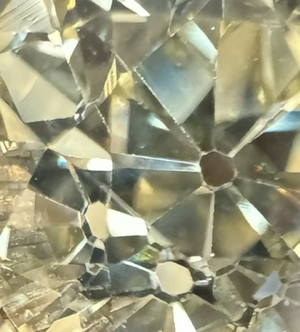
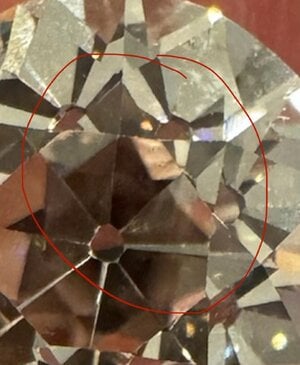
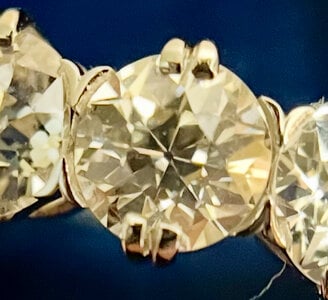
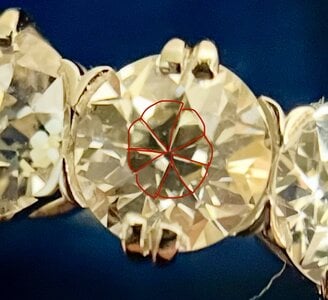

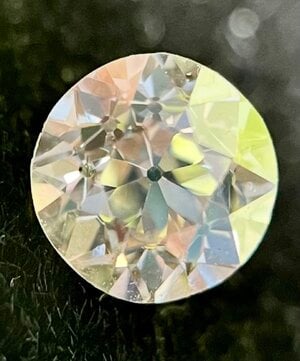


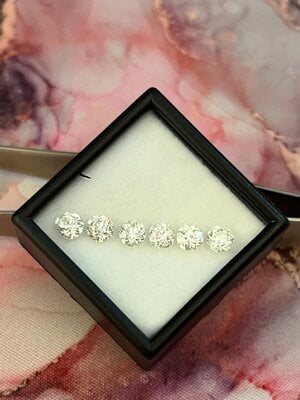
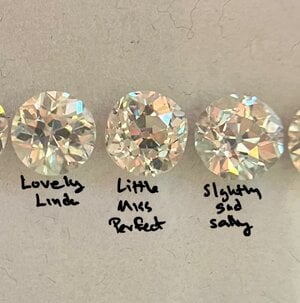
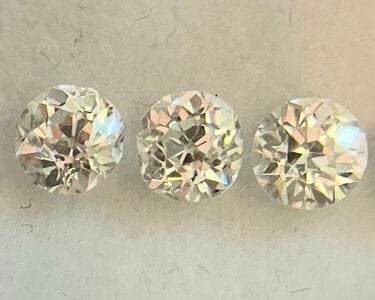


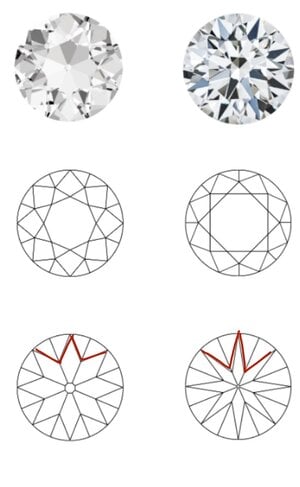
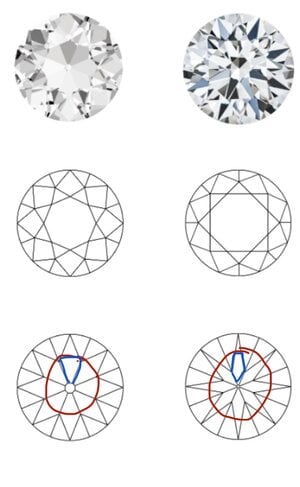
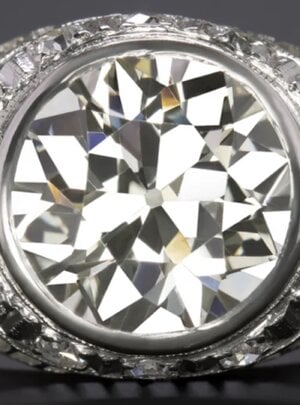
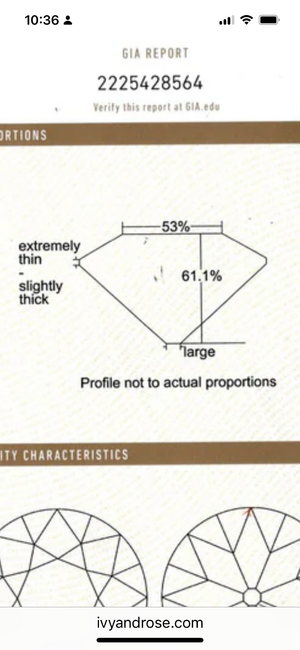
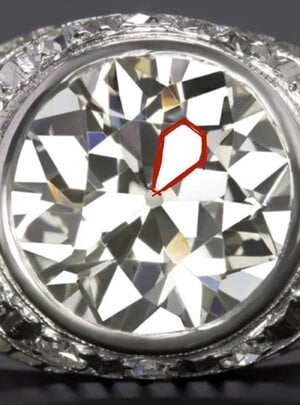
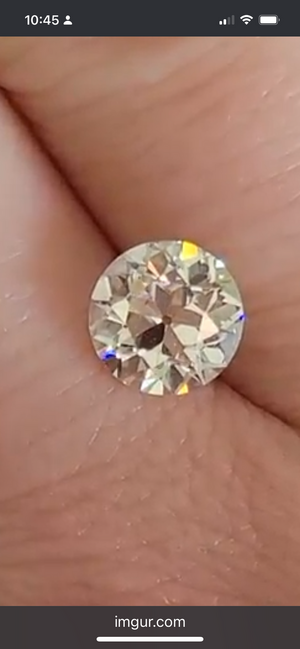








300x240.png)